Drainage Systems
Important Point
This is the process to remove excess water from the ground surface or the root zone called drainage Too much-using irrigation water, rainfall, etc causes excess water.
Excess water on the land surface may be removed by a surface drainage system through channels or ditches. Some of the different types of surface drainage systems are open drains, humps, hollows, etc.
The Field drainage system controls the water table and The main drainage system collects, transports, and disposes of the water through an outlet. Sub-surface or surface water from a given area is removed by drainage.
Within a private or public property, the pipe lies that conveys rainwater, sewage, and other liquid waste to a point of disposal, is included under the drainage system.
To maintain healthy conditions in a building, the drainage system collects and removes wastewater. It also prevents the gases of sewers and septic tanks from entering residential areas.
Drainage Systems, French Drains, Surface Drains End Drainage Problems, Yard Water
From flooding and other drainage problems, crawl spaces are protected by foundation drainage systems. Surface drain and French drain installation give the solution to drainage problems. Other yard drainages systems like sump pumps and channel drains are the best solution.
Also Read: What Is a Gambrel Roof Design?
About French/surface Drainage Systems
The details about the Surface and French drainage system are given below-
Surface drainage is used to minimize surface water while French drains are used to prevent groundwater from seeping beneath foundations. Surface drains move large amounts of water quickly and are utilized to stop standing water and yard flooding.
4-inch flexible PVC pipe and 9-inch by 9-inch or 12-inch by 12-inch area drains are included in the surface drainage system. This system is used to collect water at ground level and channel it away from the home.
In a variety of residential applications and commercial surfaces, drains are used and also collect and divert large amounts of water in a short period.
In the Surface drainage system, a greater flow rate observes than in French drains and is less prone to clogging. These drains are easily unclogged without having to dig up the whole drain and are resistant to clogging
French drains are used to collect and channel groundwater to keep it from going under the home. To resist groundwater from entering under the foundation, french drainage is used.
They are also used to drain groundwater from gardens and around the foundations of buildings. Water is trapped in the ground away or towards an area and is moved by French drains.
As French drains are underground, and roots of trees and shrubs damage the perforated piping, French drains are susceptible to frequent clogging.
This system consists of a deep trench about 4 feet deep, a perforated 4-inch PVC pipe, and a permeable wrap to pipe and gravel. To remove moisture from over-saturated soil these drains are effective.
To remove large amounts of water in a short period, the French drain system is not good enough. They are often overwhelmed by flooding and high rainfall conditions.
French drains are effective for removing water from the highly sloped ground once it’s there, the design and purpose of surface drains keep excess water from building up in the first place.
Which Foundation Drainage System for Yard Water Problems, Flooding?
Sump pumps, Surface drainage systems, channel drains, and capillary systems are used. French drains etc also used. To end drainage issues French drains are installed.
Surface drains are commonly used to discharge large amounts of water from your yard fast. This system can route the water 20 inches to 100 inches away from the foundation or well more than 100’ away.
Also Read: Which Is Better Flat Roof Vs Pitched Roof?
How Drainage Contractors Install French Drains?
Drainage problems can lead to water damage, pooling, or mold around the home but installing a French drain can avoid these problems.
French drains allow water to drain naturally from the yard, basically, a trench that is filled with a perforated pipe and gravel. One can purchase the pipes and equipment to create a French drain himself Depending on the size of the yard and the scale of a drainage issue,
Contractors follow the below-described process to install French drains-
Plan the Location
A flag in the grass marking a gas line figures out. Retention ponds, other bodies of water, and tap drainage should be looked at to choose an outlet for runoff water.
Then we should mark the direction and length of the trench, use striping spray paint, stakes, flags, etc. From a higher elevation to a lower elevation, the trench and pipe system should always drain.
Dig a Trench
Along the edge of a fenced-in yard, a French drain trench was dug. The place in the ard that needs drainage to the chosen outlet, dig a trench there
Before digging check for pipes and underground utility lines It should be 15-18 inches deep and 9-12 inches wide. For a total of one inch for 10 feet of pipe, the drain should slope down. Then dig the trench with shovels, depending on the size of the trench.
Line the Trench with Filter Fabric
Lay a water-permeable filter or weed barrier over the gravel bedding in the trench to keep the drain free of silt, dirt, and tree roots The filter fabric should be opened with at least 10 inches of excess fabric at the sides,
Pour the Gravel Bedding
Along the bottom of the trench, pour and compact about 3-4 inches of gravel. The drainage piping will act as bedding.
Hook Up the Pipe Connections
Where the water pools the most, install an inlet grate. To extend the inlet point to the water outlet point, secure as many fittings as necessary for the pipe system.
Pipe Drain in the Trench
French drain pipe partially laid in a trench. In the trench top, a layer of crushed stone lay the connected pipe structure, and be careful that the drainage holes in the pipe are instructed downwards. To Test the flow of the drain we should pour water into the inlet.
Cover with Gravel and Filter Fabric
The pipes should be covered with about 3 to 4 inches of gravel or crushed stone, but not should be enough to cross above ground level. For another layer of protection, wrap the excess filter fabric over it.
Backfill with Topsoil
The trench should be filled with topsoil and compact to cover the whole drain system. Cover the grate while filling the area around the inlet grate to prevent any soil from falling in after installing the French drain.
Ongoing Maintenance
Cover the surface with landscaping stone or reseed it Inlet grate and outlet point should be regularly inspected and cleaned. To keep the water flowing freely, flush the debris. Dig up part of it for inspection if the drain breaks or gets clogged.
Gravel-Free French Drainage System
Corrugated pipe surrounded by polystyrene is used in this system To dig the trench can be difficult work so get friends and family to help if possible.
Install a French drain, once the trench is complete. If the new drain will get runoff water under control, the basement should be protected and kept from becoming a swamp.
Where and when to install a French Drain?
Some of the most common drainage problems are:
Flooding in a Yard
A French drain can help If heavy rains have left the yard with an unwanted water feature or the spring thaw has saturated a property. In this wet region, a French drain should be placed which allows the drain collects unwanted water and converts it to a safer location.
Damage to an Outdoor Patio
Collecting water before the drain reaches the patio and diverting it away thus a French drain can work as a shield. Standing water that mosquitoes need to breed will be eliminated by this
Runoff from a Neighboring Property
Uphill neighbor’s properties water can drain towards and puddle next to a home or business. Installing an underground drainage system protects from costly water damage Whether the water is coming from a single location or along the length of the neighboring property,
Water near Driveways, Walkways, and Planter Areas
On driveways, water pools reduce their functionality and can potentially flood a garage. Concrete staining and slip hazards are caused by water pooling on the walkway
If there is water pooling in planter areas next to a home or business, can create muddy areas and cause damage to foundations.
Other key issues to consider include:
French drain depth:
For many water-diverting projects, about 8 inches to 2 feet deep should be sufficient.
French drain aggregate:
From pea gravel to river rock, the size of the gravel used can vary.
Also Read: 16 Types of Dams
About the Installation of Surface Drains
Surface drains are installed to move large volumes of water. Water-carrying pipes from the catch basins are made of PVC or corrugated plastic.
Surface drains are designed with catch basins of different sizes to solve hard water issues. In crawl spaces, sump pump installations are performed when surface water has created flooding problems used in yards
How French Drains, Surface Systems Stop Foundation Issues?
These systems divert water away from house foundations and terminate all kinds of foundation issues.
Trapped water under the soil surface, causes yard flooding, soil erosion, and foundation issues, and this is solved by these systems.
Rainwater is forced into storm sewers or catchments by French drains where it will not cause a drainage problem.
Other Yard Drainage Systems
Some other used drainage systems are-
The Cost-Effective Grassy Swale
- It is one of the least expensive drainage solutions.
- A swale is a ditch that is about three times wide and can direct stormwater to a runoff point.
- A swale has to be planted with grass, shrubs, and trees to prevent erosion.
Central Drainage With a Dry Well
- A dry well is a catch basin for excess water and is often used in conjunction with a French drain or a swale.
- After digging a hole in the ground, line it with filter fabric, fill it with gravel, and top it with a layer of topsoil and sod.
- Water flows into the well and slowly percolates into the ground and returns to the water table.
- A dry well is about 3 to 4 feet in diameter and 3 feet deep and is available in variable sizes.
- A small dry well next to each downspout is placed to control the runoff from just that downspout.
Frequently Asked Questions (FAQ)
What Is a Drainage System?
A drainage system is a network designed to remove excess water from surfaces and subsurface areas to prevent water accumulation, flooding, and related issues.
Why Is a Drainage System Important?
Drainage systems are crucial for preventing water damage, soil erosion, foundation problems, and maintaining healthy conditions by removing wastewater and preventing sewer gases from entering residential areas.
How Do Surface Drainage Systems Work?
Surface drainage systems use channels, ditches, and graded land features to quickly move large amounts of water away from an area to prevent standing water and flooding.
Like this post? Share it with your friends!
Suggested Read –
- Concrete Driveway Repair
- What a House Foundation Inspection Involves
- How Much Does Foundation Repair Costs in Texas?
- Wet Slab Foundation Drainage Issues and Prevention
- Brick Cracks, House Foundation Repair, Damage, and More
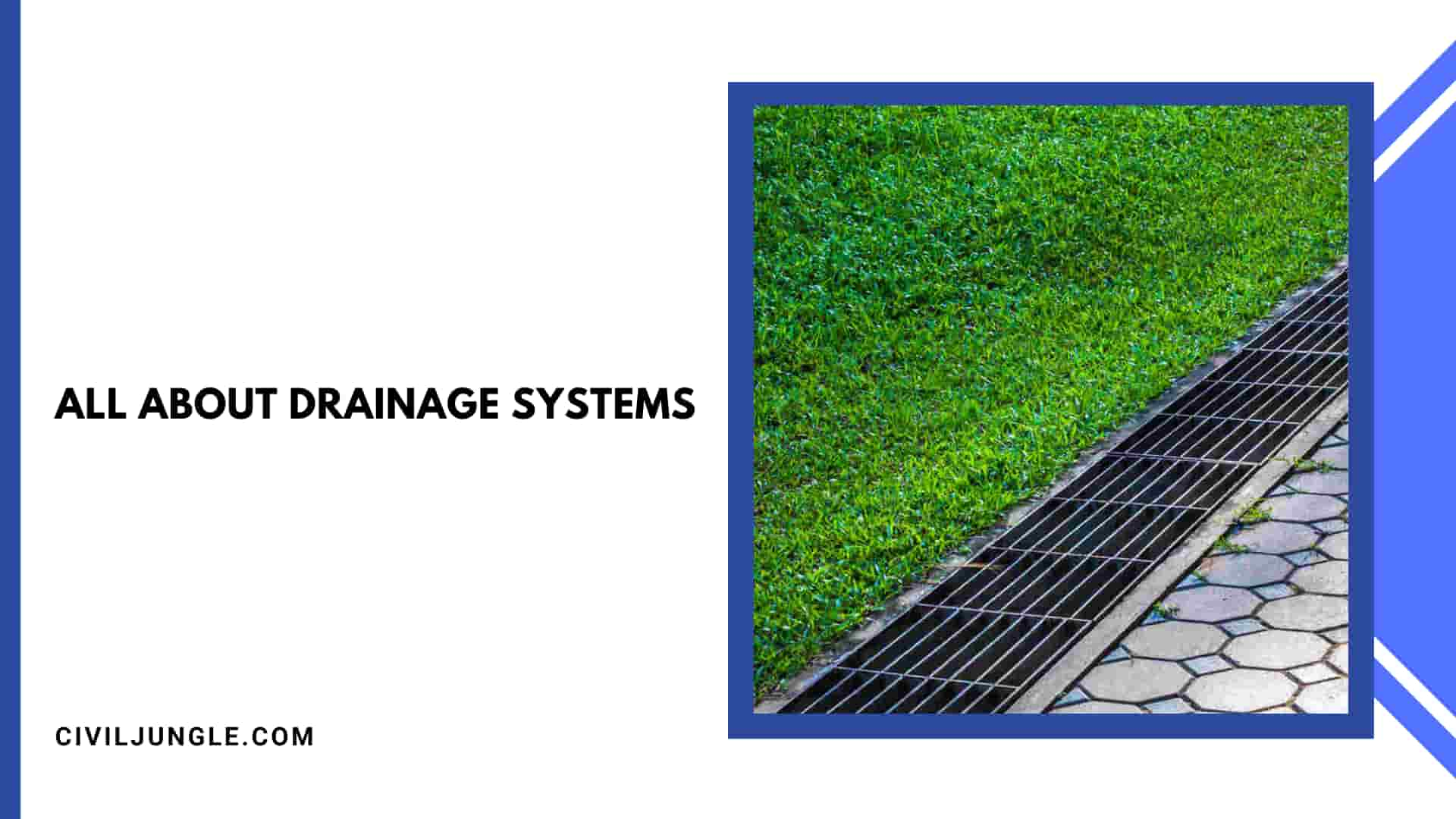

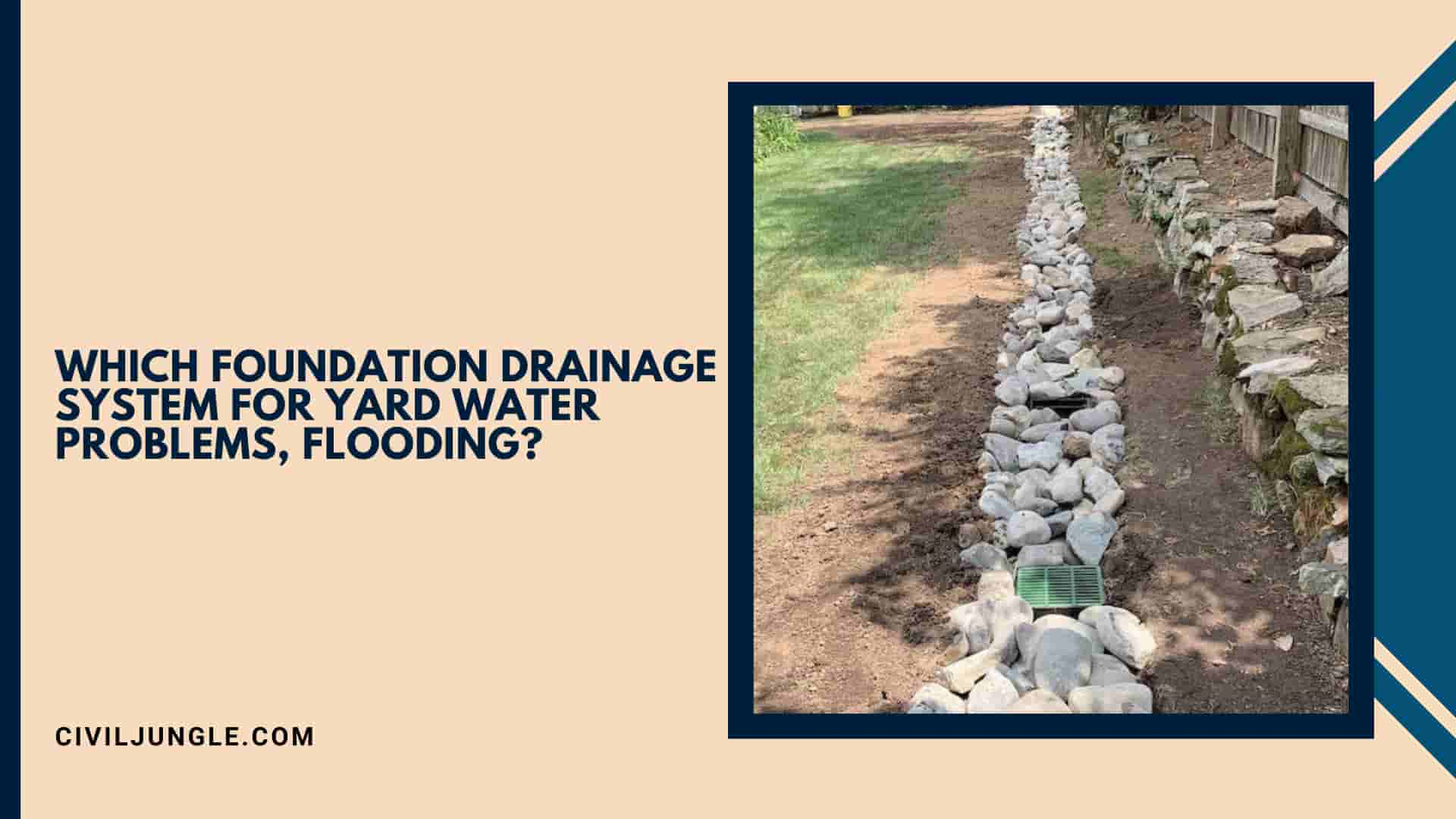
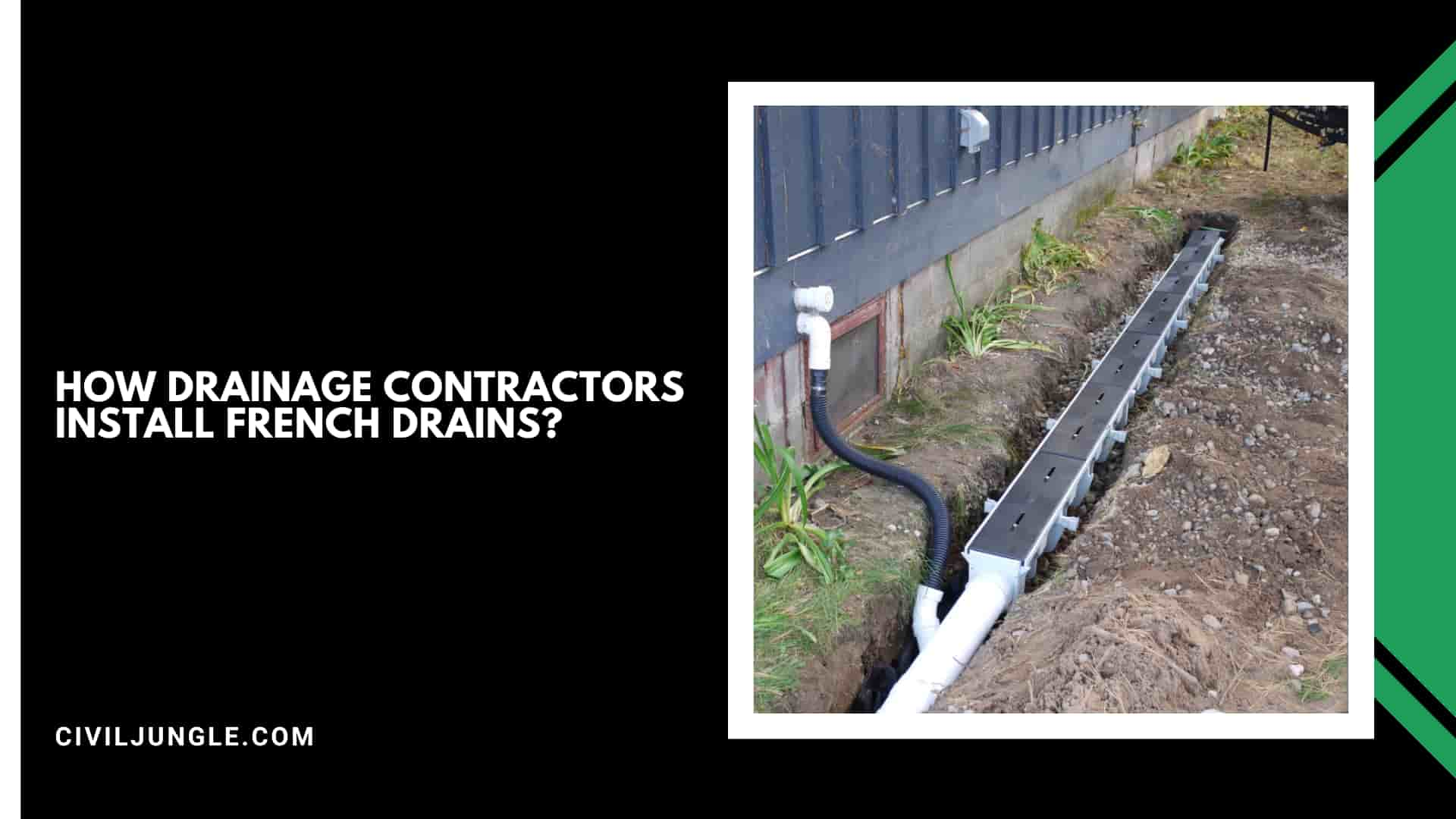
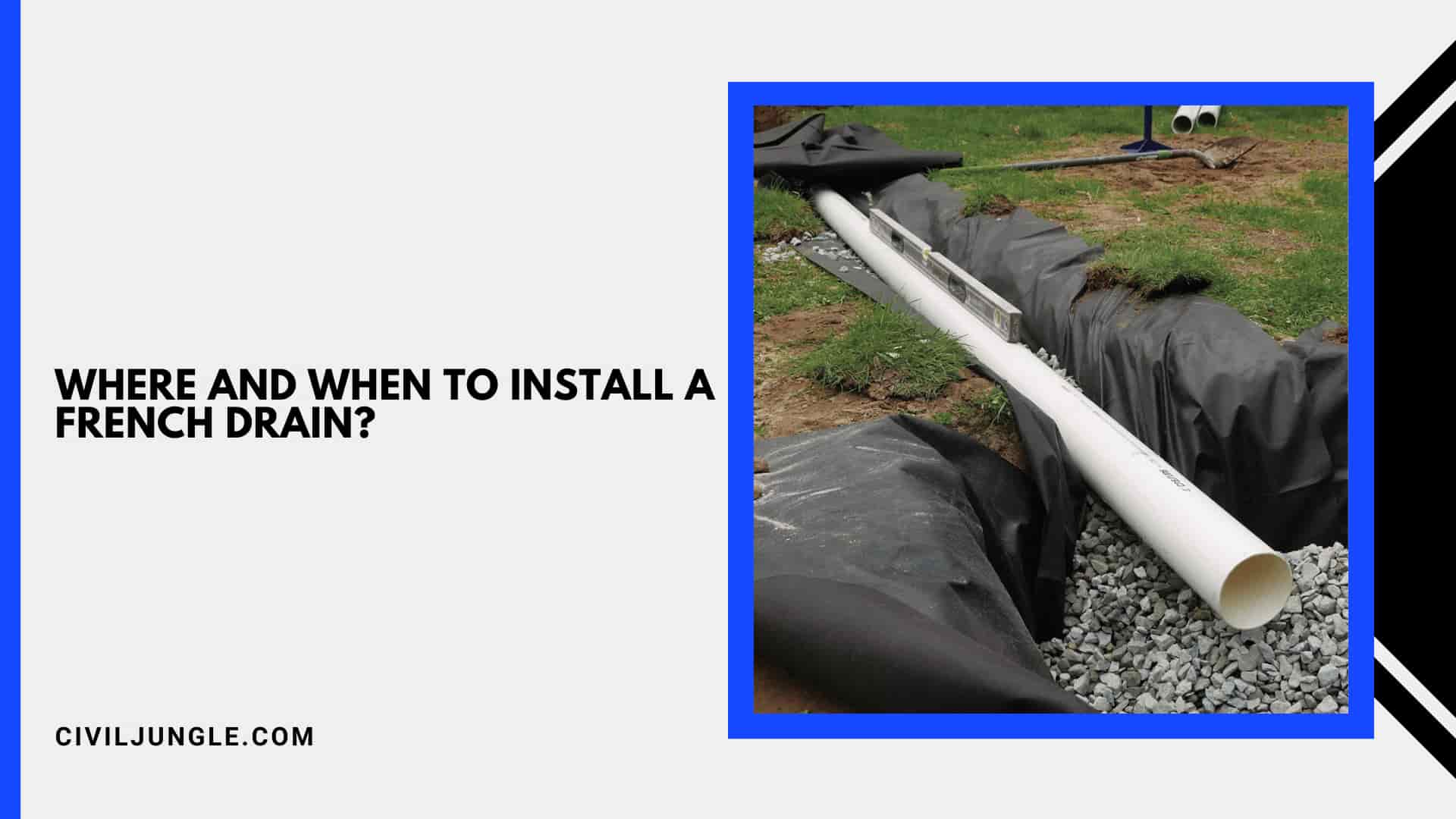
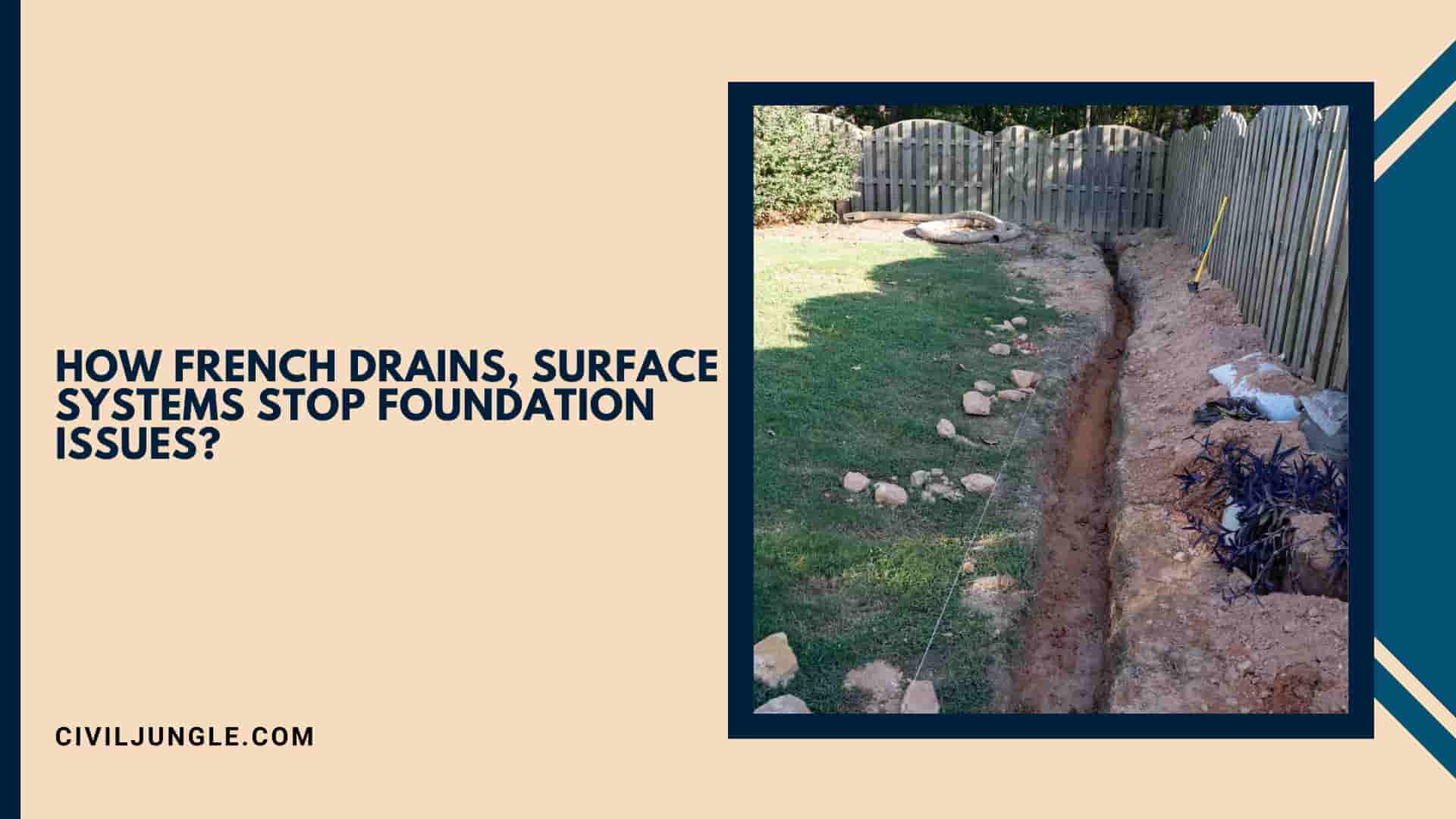

Leave a Reply